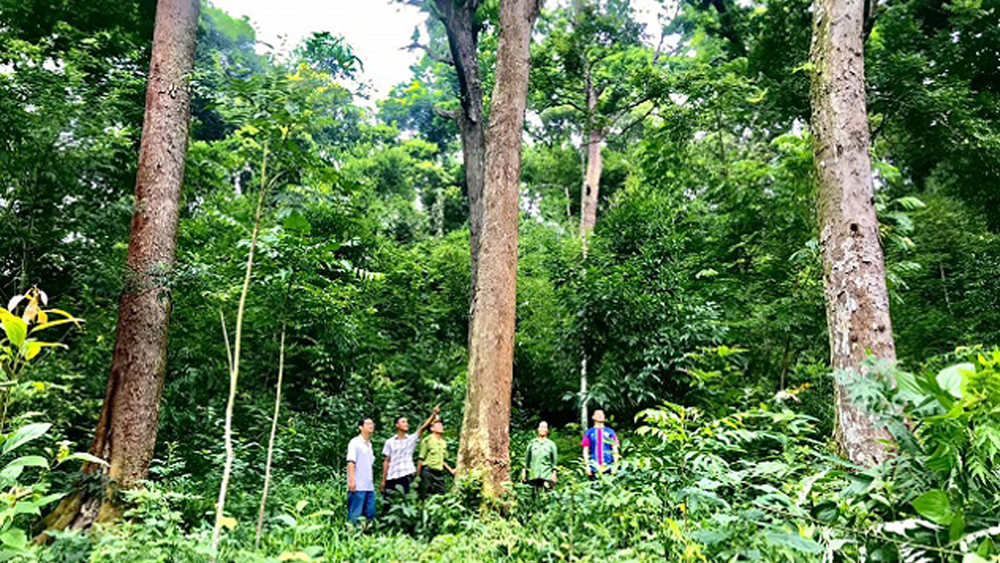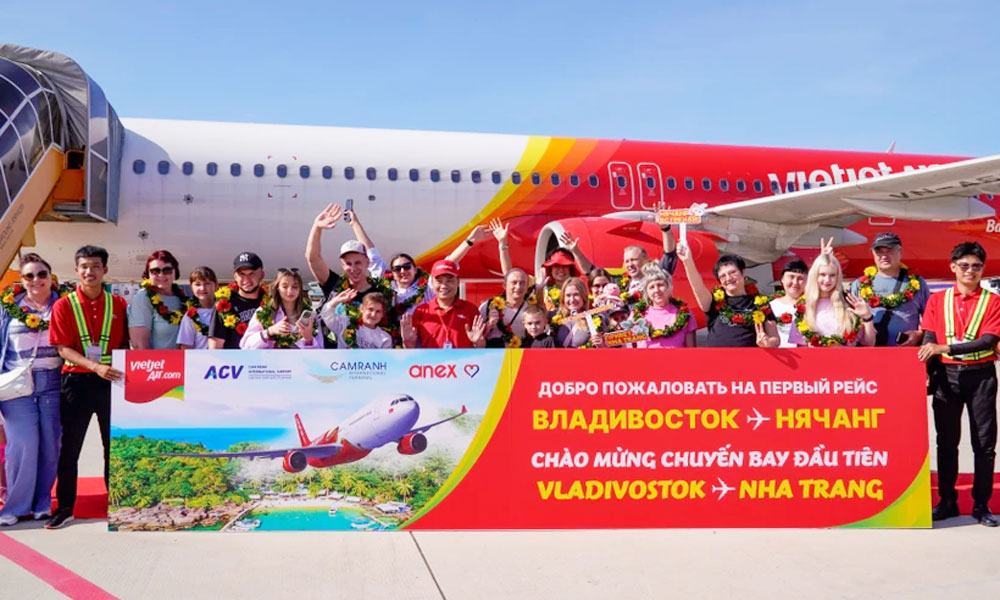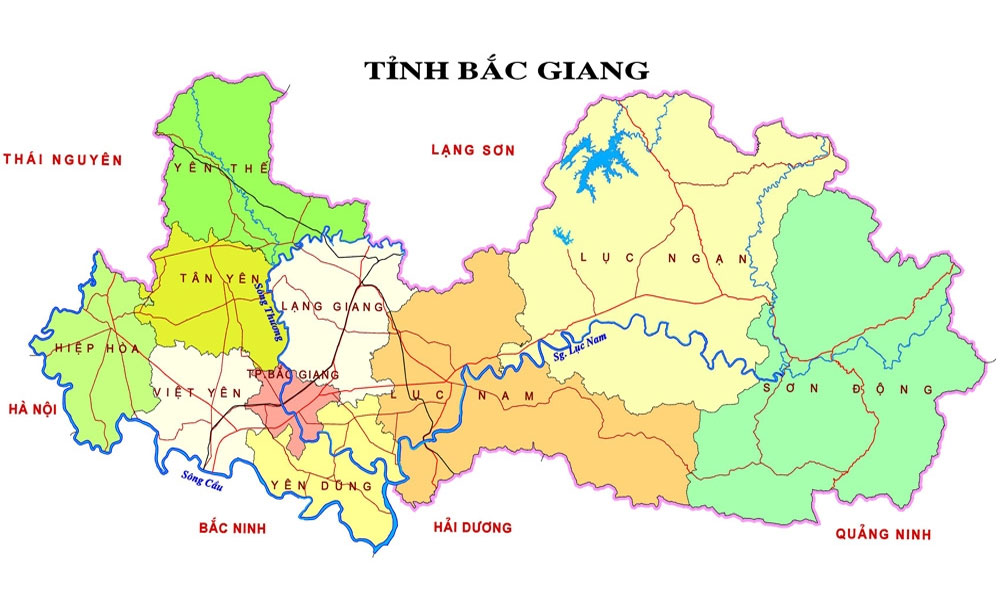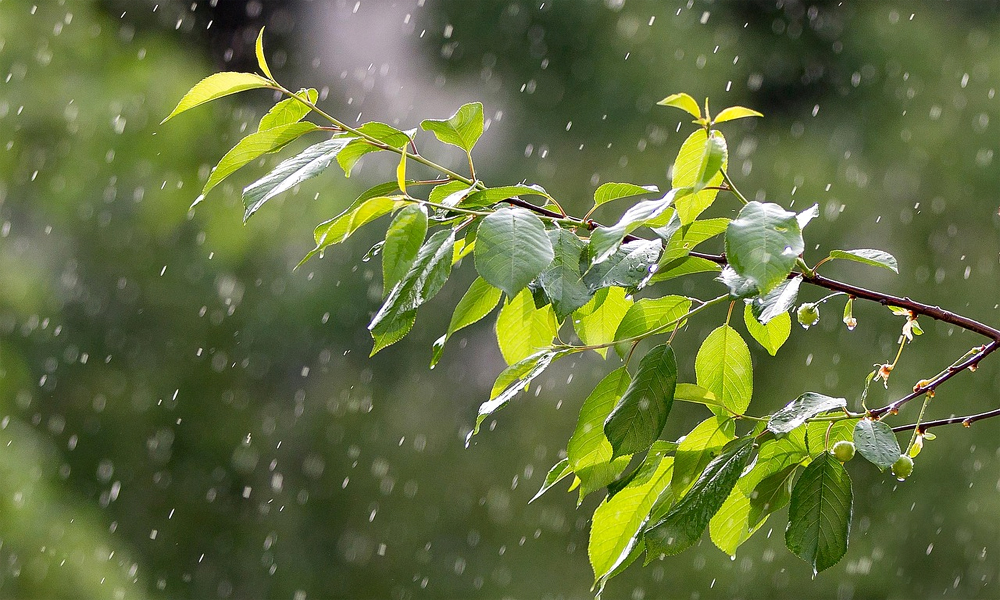Doi Son ancient village - An ancient mark on the side of Yen Tu mountain
Legend has it that Doi Son ancient village (commune) (often called Doi village) was formed at the beginning of the Tran dynasty, and went through many mergers and divisions. The majority of residents were Hoa (Chinese), Dao, Tay, Nung, San Diu, Cao Lan ethic people, along with some Kinh people.
 |
|
A corner of the green ironwood forest in Binh Son commune. |
At the end of the 18th century, a number of people with the family name Giap in Da Mai of Lang Giang district (now in Bac Giang city) ran here and changed their family name to Nguyen, mostly in Cau Binh and Bai Da hamlets.
In the Year of the Horse (1894), when the French basically occupied the northern provinces, Doi Son had the hamlets of Bai Da, Cau Day, Dong Giang, Dong Dinh, Dong Ban, Cop San (Trai San - Cong Thuan).
On the land of Doi Son ancient village, there were traces of many ancient residential areas such as Cau Binh, Dong Giang and Bai Da. They were found in riverside areas and on small hills, surrounded by bamboo to prevent wild animals, thieves, robbers, and bandits. The old people recounted that in Bai Da hamlet, many pieces of ceramics and dishes had been found in the dense ironwood forest in Rung Dai area.
In Tho Ky alluvial ground, there were a shrine, ruins of house walls, verandas and pieces of jars, bowls and cans made of porcelain and terracotta, which could be still used. Doi Son had many communal houses, a temples and shrines.
In the early 20th century, in addition to the common village communal house, six hamlets also had their own communal houses. There was an ancient communal house in Bai Da hamlet, built on a low mountain slope. It still exists now under the name of Cua Dinh.
There was another spacious communal house built in the late 19th century on a low hill, near Lang hamlet, now only a few stone pillars and steps remain. In the middle of the hamlet, there was Ca temple with a few large ironwood trees that remained until the late 1960s. The village communal house and Ca temple together worshipped the tutelary gods Cao Son, Quy Minh and Vu Nghia.
Doi Son ancient village (commune) also had a pagoda on Mat Rong (Dragon Eye) mountain, with Bai Cho in the front and Yen Tu mountain to the southeast. To the right of the pagoda was the winding Cau Ba stream, with many reed beds which are now almost completely buried.
The pagoda had 23 statues, placed on the altar according to Buddhist rules. In the middle of the 19th century (1840-1860), the pagoda burned three times. Each time it was rebuilt, it became smaller.
In 1990, the Associations of the Elderly and Buddhists donated money to rebuild the pagoda to what it is today. Doi Son ancient village’s pagoda was located in the Buddhist cultural area of the highland forest region of Tay Yen Tu, following the pagodas of Bao An, Kim Quy (Cuong Son), Ho Bac, Le Ngac (Nghia Phuong) and Dam Tri (Luc Son).
According to old people, in the beginning of the 20th century, Doi Son ancient village (commune) still had many endemic animals such as tiger, bear, leopard, deer, roe deer, monkey, wild boar, rabbit, porcupine, and peacock. In the 1970s there were still some deer and wild boars.
Twenty years later, in the poor post-war subsidy period, Doi Son forest and the entire Mai Suu area were almost exhausted. During the farming season, fire and smoke reached to the sky.
Looking up the mountain, people only saw sparse trees with withered leaves, rainwater pouring to create ravines, and red soil and rocks. Luckily, thanks to the land and forest allocation policy, now almost every meter of forest land has an owner. But it's a pity that the old forests no longer exist and the vast hills of myrtle flowers and chestnut forests have disappeared.
Life still moves forward. Doi Son ancient village (commune) and the whole highland area of Tay Yen Tu have become more modern with electricity systems, roads, schools and health stations. We hope that Doi Son ancient village (commune) and other communes in Mai Suu - Tay Yen Tu region will keep the landscape of a peaceful and happy highland area forever.
 Bắc Ninh
Bắc Ninh















Reader's comments (0)